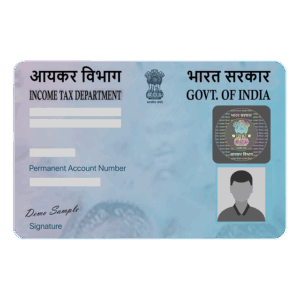Register Car California: Steps & Documents for DMV VIN Verification
Looking to register your car in California? This comprehensive guide walks you through every step, from understanding vital registration requirements to securing your vehicle’s registration documents……..

Looking to register your car in California? This comprehensive guide walks you through every step, from understanding vital registration requirements to securing your vehicle’s registration documents. We’ll focus on essential tasks like gathering necessary documents and navigating the DMV process, including crucial VIN verification. By following these clear instructions, you’ll be ready to hit the road legally and confidently.
- Understand California Car Registration Requirements
- Gather Necessary Documents for DMV Visit
- Perform VIN Verification: Steps & Process
- Complete Application & Pay Registration Fees
- Receive Your Vehicle's Registration Documents
Understand California Car Registration Requirements

Before registering your car in California, it’s crucial to understand the state’s specific requirements. The California Department of Motor Vehicles (DMV) mandates several key steps for car registration, including a thorough vehicle inspection and accurate verification of the Vehicle Identification Number (VIN). This process ensures that all vehicles on California roads meet safety and environmental standards.
One essential component is the DMV VIN verification, which checks the vehicle’s history to prevent theft and ensures it has not been reported as damaged or totaled. For added convenience, many individuals opt for a mobile VIN verifier service, allowing them to complete this step efficiently from their own location. This alternative approach streamlines the registration process, making it easier for California residents to get their cars registered on time.
Gather Necessary Documents for DMV Visit

Before visiting the California DMV, ensure you gather all necessary documents for a smooth registration process. This includes your vehicle’s title, which you’ll need to present as proof of ownership. The title should be signed by the seller and include any relevant transfer information. Additionally, bring along a valid driver’s license or state-issued ID card.
For out-of-state residents, a temporary registration or letter from the previous state’s DMV acknowledging the vehicle’s status can be helpful. Another crucial step is to arrange for a mobile vin inspection or vin verification through the DMV’s online services or by calling ahead to confirm the required documents and avoid any delays during your visit.
Perform VIN Verification: Steps & Process

To ensure your car registration process goes smoothly in California, start by performing a Vehicle Identification Number (VIN) verification. This crucial step involves cross-referencing the VIN with the vehicle’s records to guarantee its authenticity and history. You can do this by visiting the California Department of Motor Vehicles (DMV) website or using a reputable mobile vin verifier app, which streamlines the process with easy-to-follow instructions.
The steps for vin inspection are straightforward: enter your VIN, review the vehicle information, and compare it against the data in the DMV system. If the details match, you’re good to proceed with registration. This simple verification is a game-changer, ensuring you avoid any potential issues related to stolen vehicles or odometer rollback fraud. It’s a vital step that takes just minutes to complete using modern tools like mobile vin inspection apps.
Complete Application & Pay Registration Fees

To register your car in California, the first step is to complete the Application for Title and Registration (Form DV301). This form requires detailed information about your vehicle, including its make, model, year, and unique Vehicle Identification Number (VIN). It’s crucial to ensure all details are accurate, as the California Department of Motor Vehicles (DMV) conducts a VIN verification process. This validation ensures that your car matches the records on file with the DMV, protecting against fraud.
Once you’ve filled out the application, it’s time to pay the registration fees. The cost varies based on your vehicle type and age. You can typically pay online, by mail, or in person at a local DMV office. Remember, timely completion of these steps is essential as it allows you to legally operate your vehicle on California roads and access various services like insurance and license plate issuance.
Receive Your Vehicle's Registration Documents

After you’ve gathered all the necessary documents and passed the DMV test, it’s time to receive your vehicle’s registration documents. This is a crucial step in the car registration process in California. Your local DMV will provide you with an official registration certificate, also known as a registration card or license plate. Along with this, you’ll get a unique Vehicle Identification Number (VIN) label, which contains important details about your vehicle. The VIN is a 17-character identifier that allows for easy verification of the car’s history and specifications.
One efficient way to ensure smooth registration is by utilizing a mobile vin verifier or conducting a vin inspection. These services enable you to verify the VIN online or over the phone, saving you time and effort. A simple search on your smartphone can provide real-time information about the vehicle’s past owners, maintenance records, and any reported issues, making the registration process more transparent and secure.
Registering a car in California is a straightforward process, but it requires careful preparation. By understanding the state’s requirements, gathering all necessary documents, and successfully completing steps like DMV VIN verification, you can ensure a smooth registration experience. Remember to keep your vehicle’s registration documents up-to-date for legal compliance and convenience.







